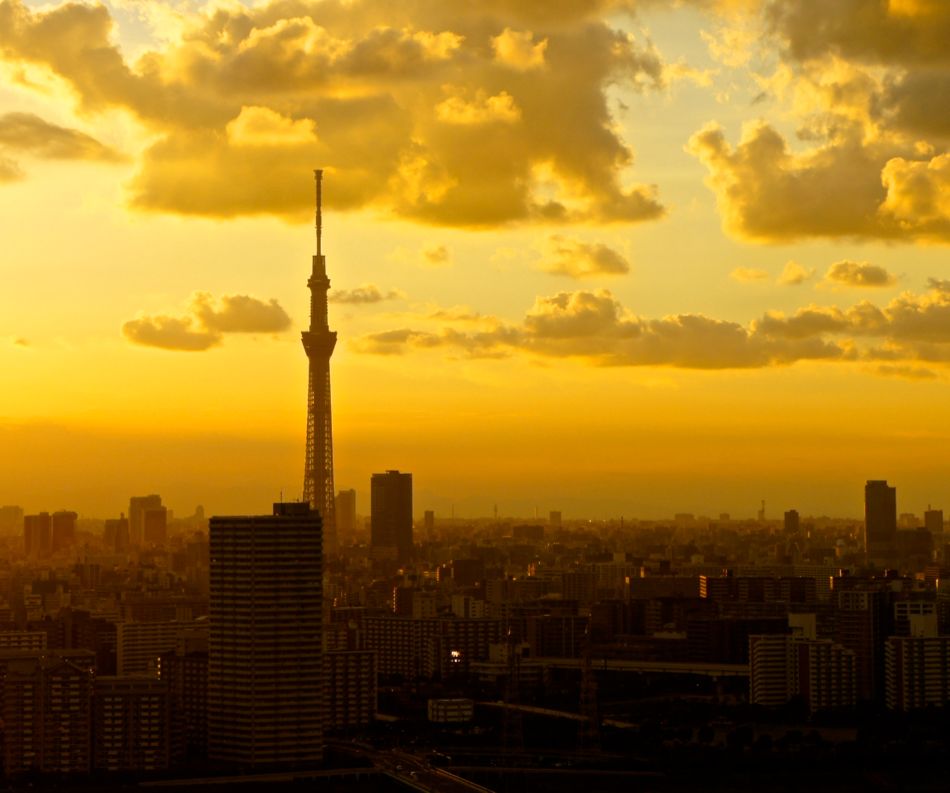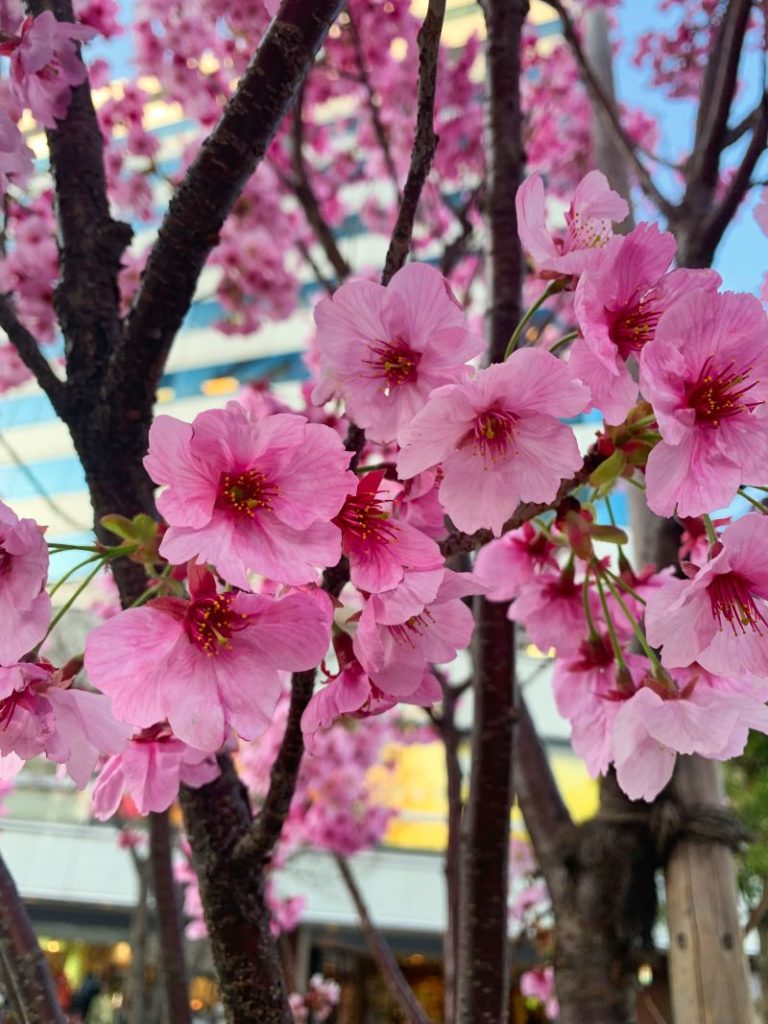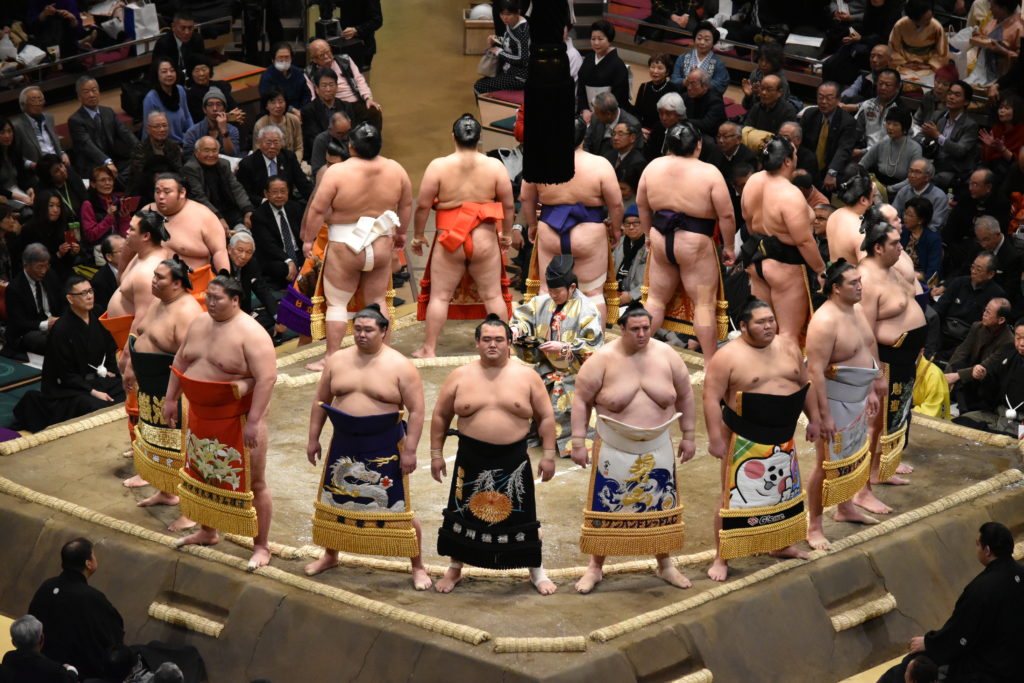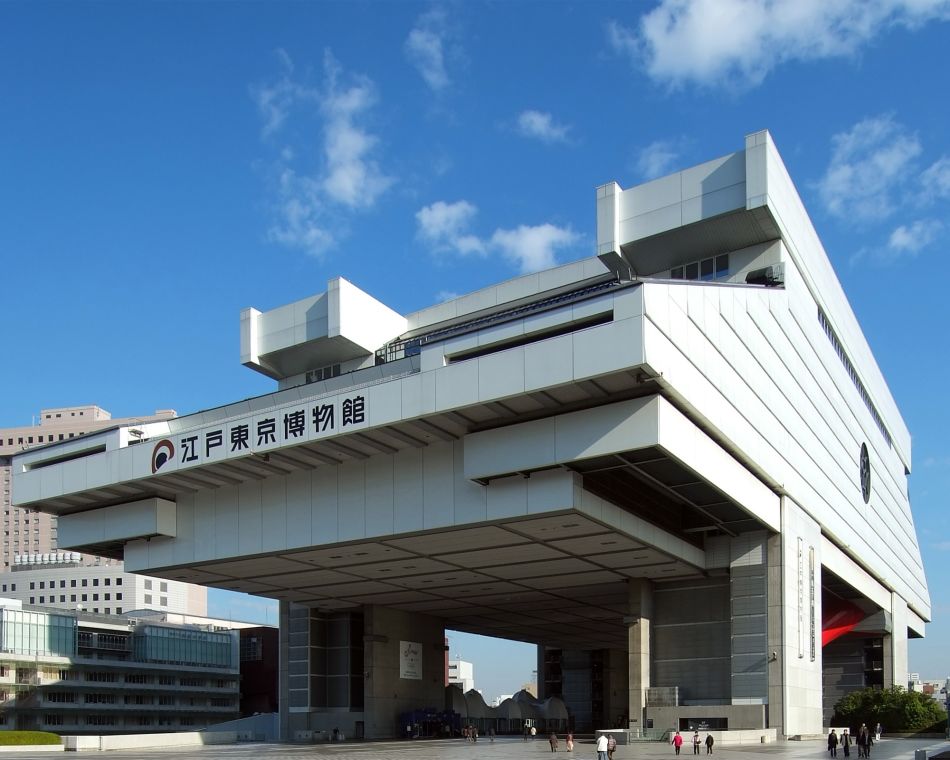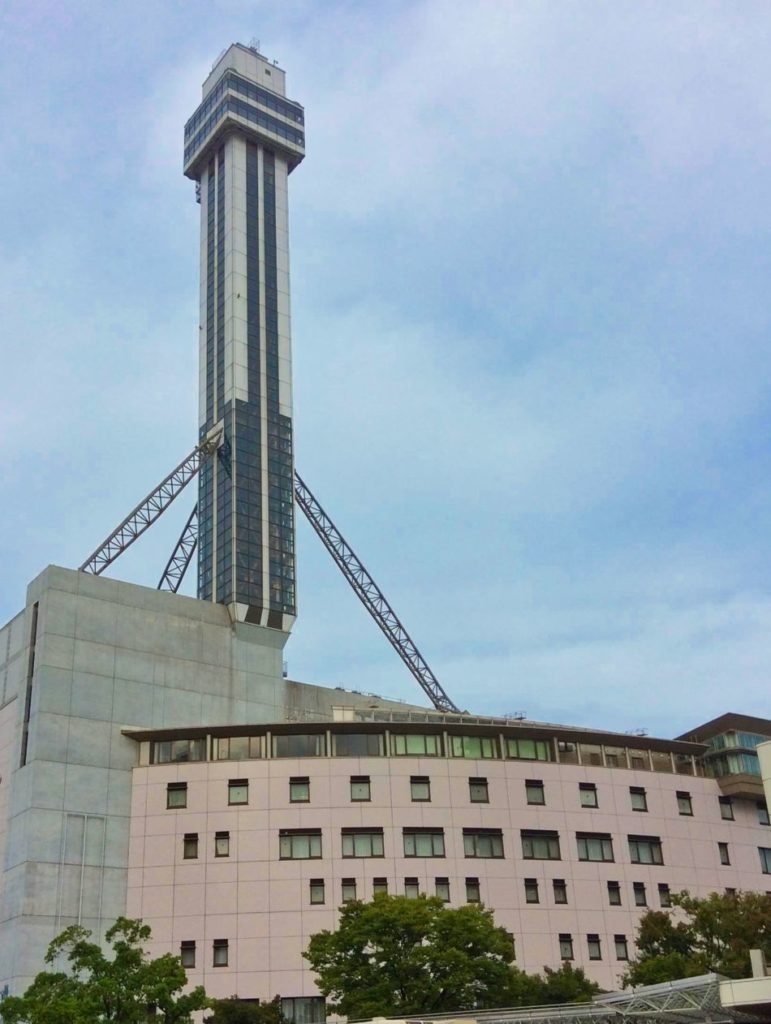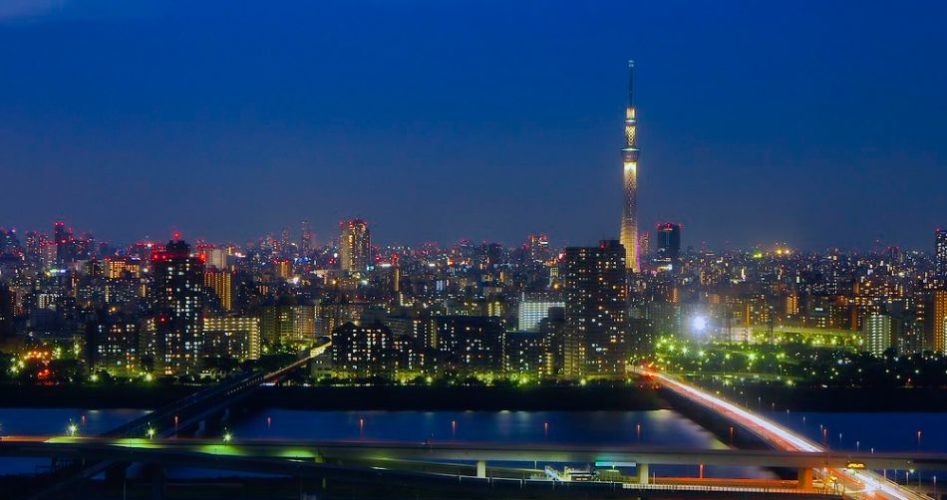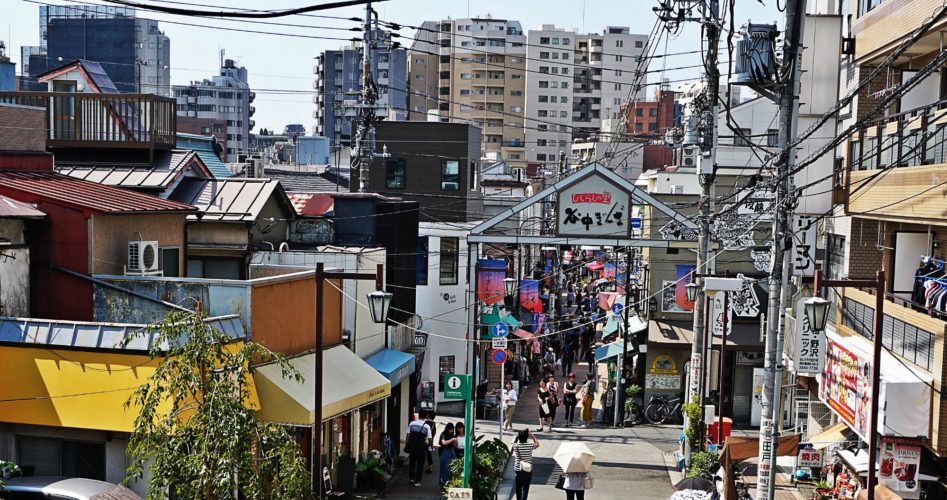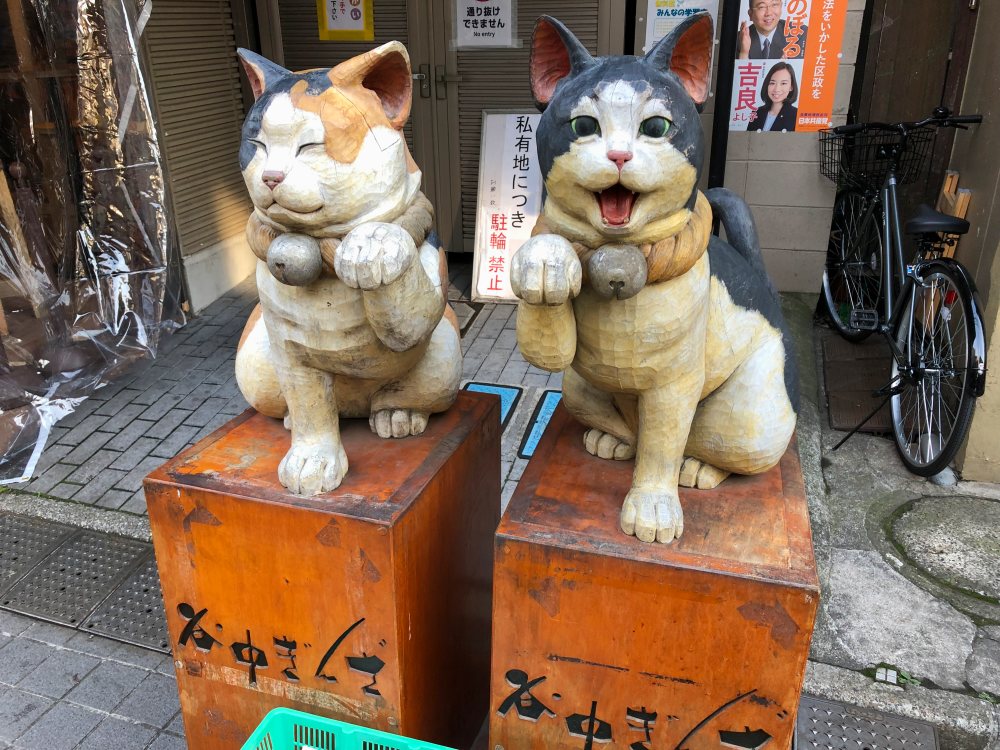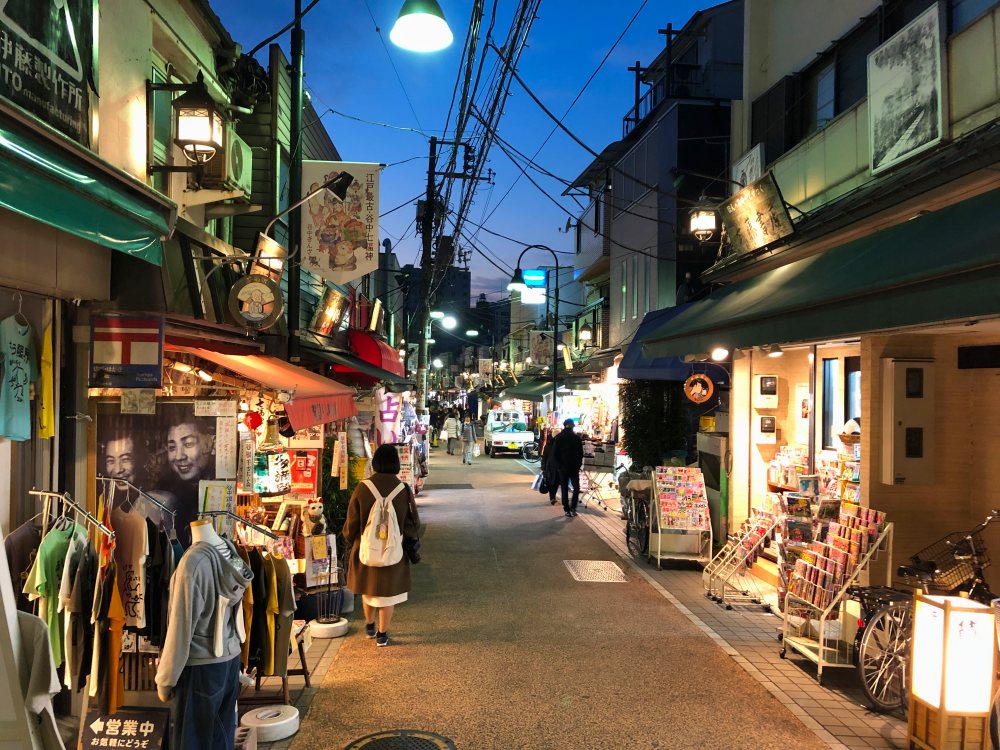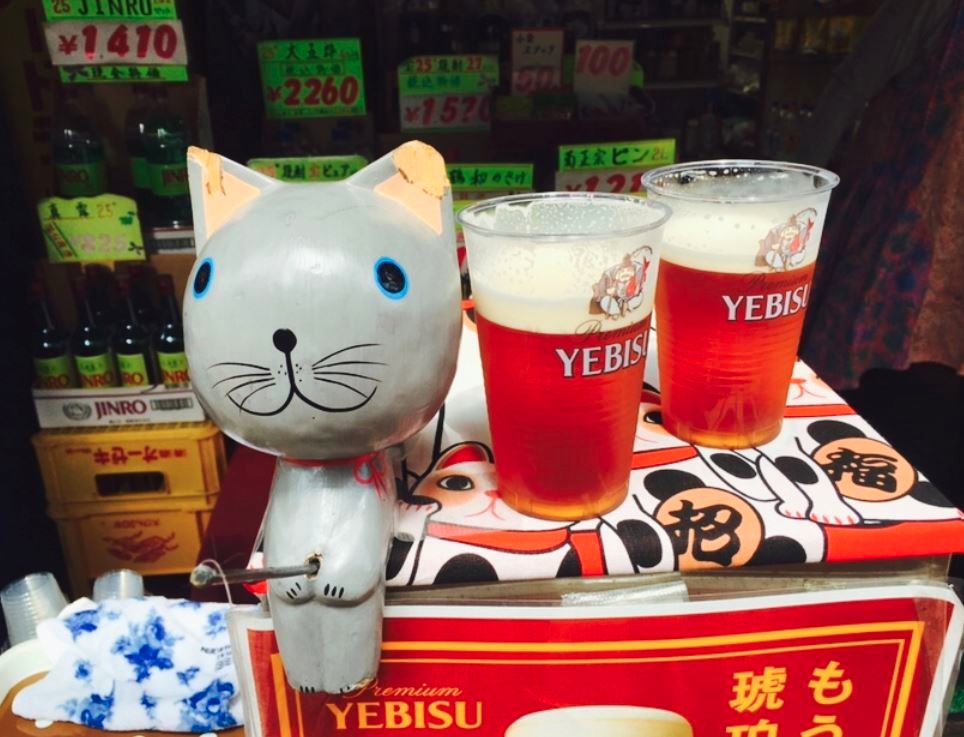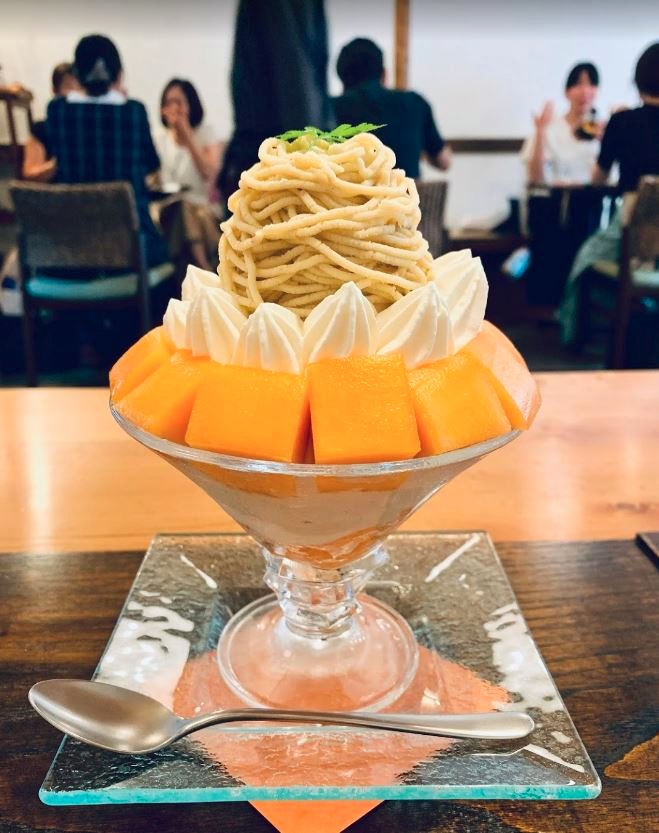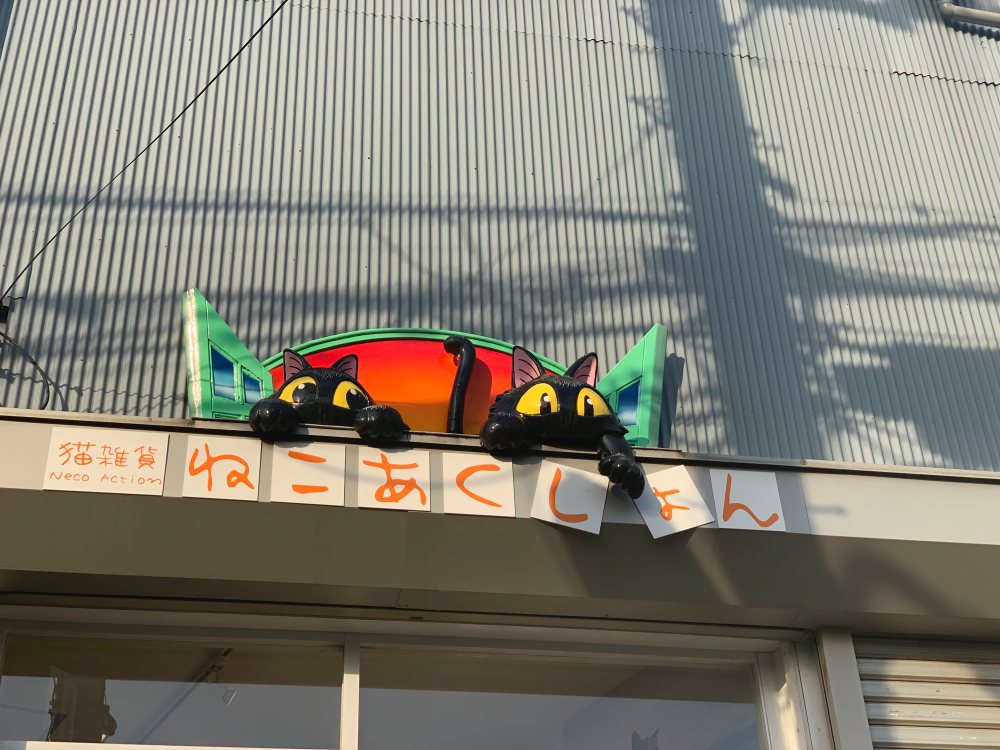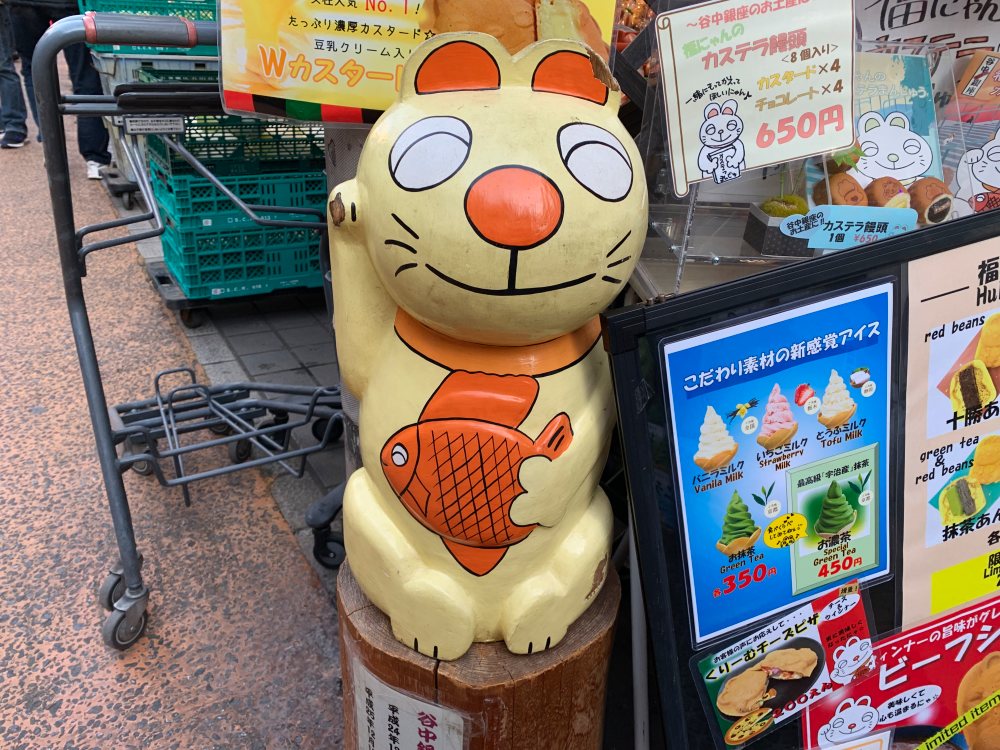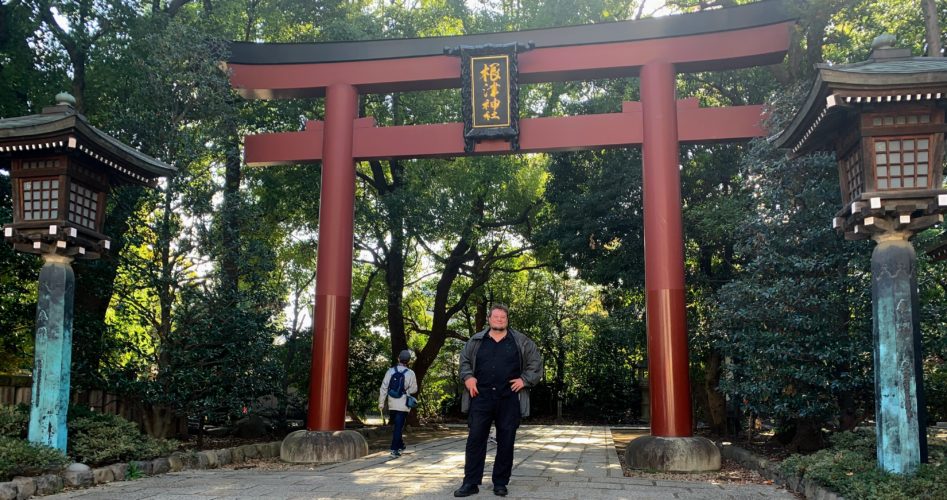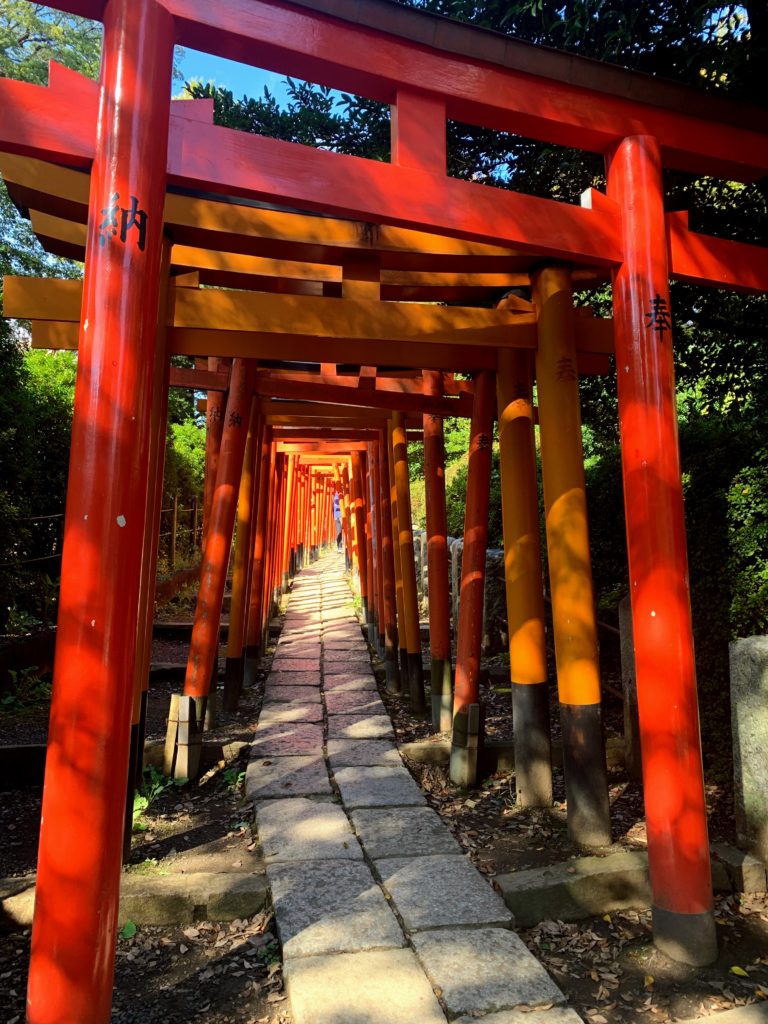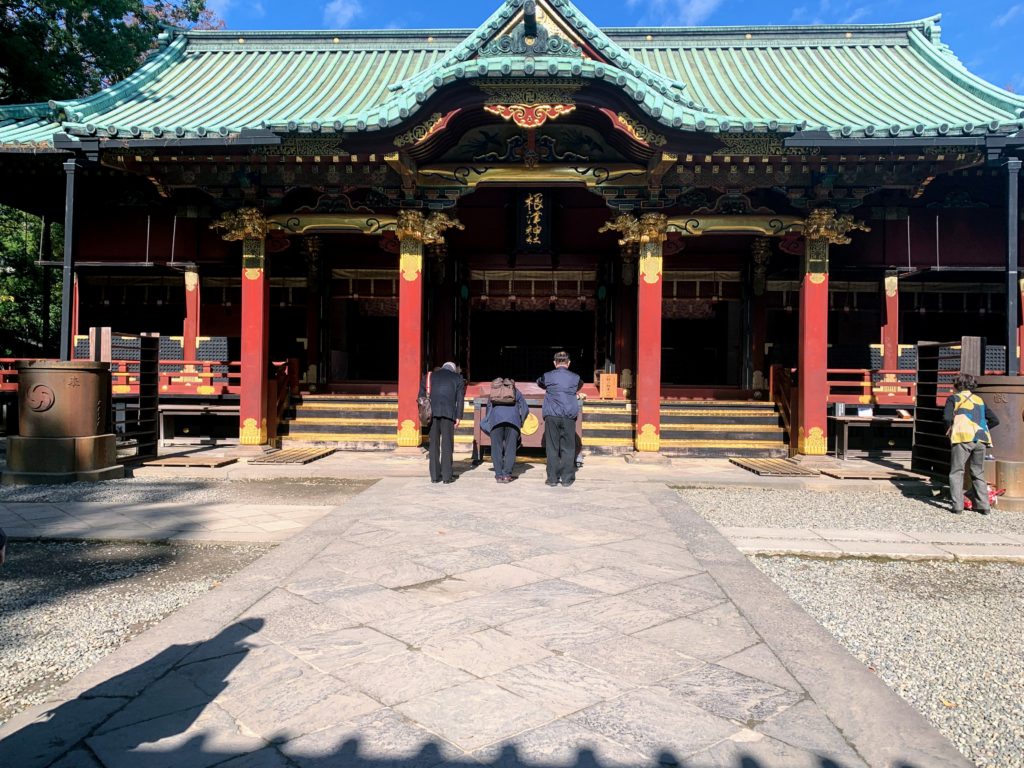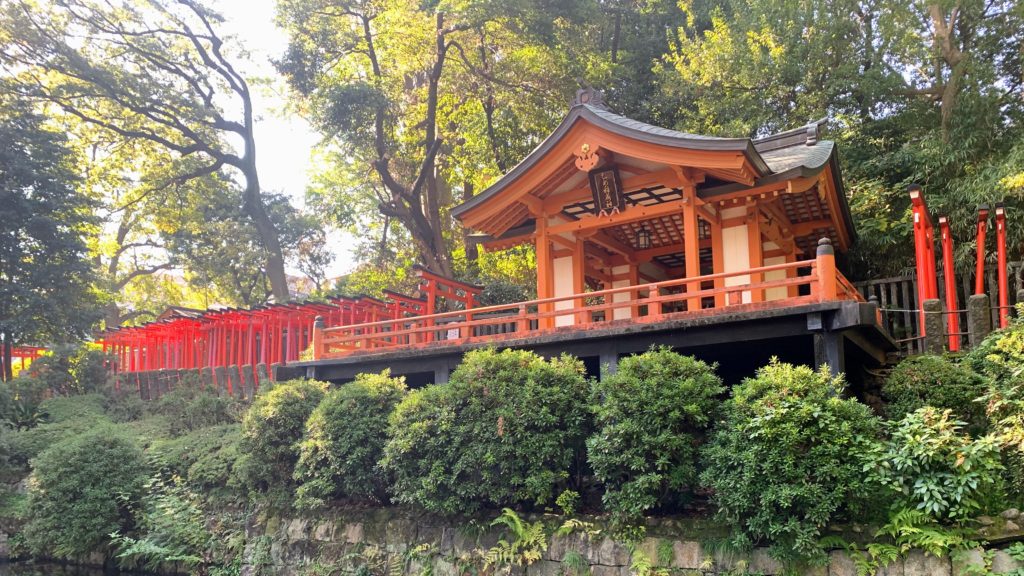タワーホール船堀 展望室
Tawāhōru Funabori tenbō-shitsu
- Address: 〒134-0091, Tokyo, Edogawa City, Funabori, 4-chome-1-1
- Website: http://www.towerhall.jp/1facility/facility-up.html
- Nearest Train Station: Funabori Station
- Floor: 7
- Hours: 9:00 – 21:00
- Price: FREE!
In the Edogawa ward, beyond the hustle and bustle of central Tokyo is a little-known observation deck. I assume it’s hardly known because many people refuse to take the trip out to the far side of Edogawa. Those who do head out in that direction are most likely going to Tokyo Disney, passing up this viewing spot for more frenzied delights.
Standing at only 115 meters, Tower Hall Funabori is considered small. However, it does boast a full 360 view and one best sunset views in the Tokyo area thanks to it being located east of central Tokyo. On a fantastic day, Tokyo Skytree, Tokyo Metro Building, and the multitude of skyscrapers just beyond the river are bathed in the pure golden light of sunset. And yes, on a clear day you can see a very distant Mt. Fuji. At night around 20:00 and toward the south, skies above Tokyo Disney light up with fireworks.
If you do decide to visit, I suggest that you also explore the area to fill out your day. Nearby is Ojima Komatsugawa Park located one stop before Funabori Station at Higashi-Ojima station. During spring Ojima Komatsugawa Park comes alive with a flurry of blossoms thanks to its prized collection of cherry trees. Within a 20 minute walk is the Edogawa Natural Zoo, a small and free zoo filled with adorable animals. Back toward central Tokyo, the Edo-Tokyo Museum and Ryōgoku Kokugikan Sumo Arena are also worth visiting and only takes a 20-minute train ride to reach.
Tower Hall Funabori is possibly the smallest observatory tower in Tokyo that I know of. For good photographs, a smartphone isn’t going to cut it, zoom lenses are the way to go. Since tripods are not allowed, long exposers can get tricky but last time I checked there are a few flat places to set your camera on. A photography support bean bag might help. Regardless of its remote location and photo finagles, I like Tower Hall Funabori because of cozy quiet atmosphere.
